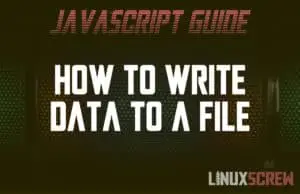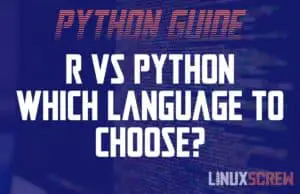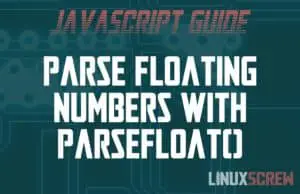Home »
How to Use the PHP empty() Function
This easy tutorial will show you how to use the PHP empty() function to check whether a variable can be considered empty and show some code examples. What Is Empty? A variable is considered empty in PHP if its value equates to FALSE or the variable does not exist. This means that the following are considered empty: An empty string (“”) The number zero (0) In any form (0.0000) Including strings containing only a 0 character (“0”) Boolean FALSE NULL An undeclared variable Empty arrays The empty() function is different from the isset() function. The latter checks only whether … Read more

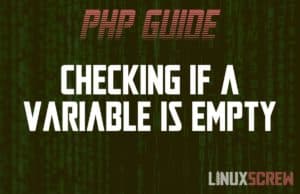
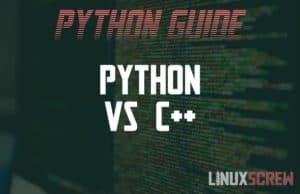



![How to Read a Local/Remote JSON File in JavaScript [Examples] 6 JavaScript Read JSON File](https://cd.linuxscrew.com/wp-content/uploads/2021/11/javascript-read-json-file-300x194.jpg)
